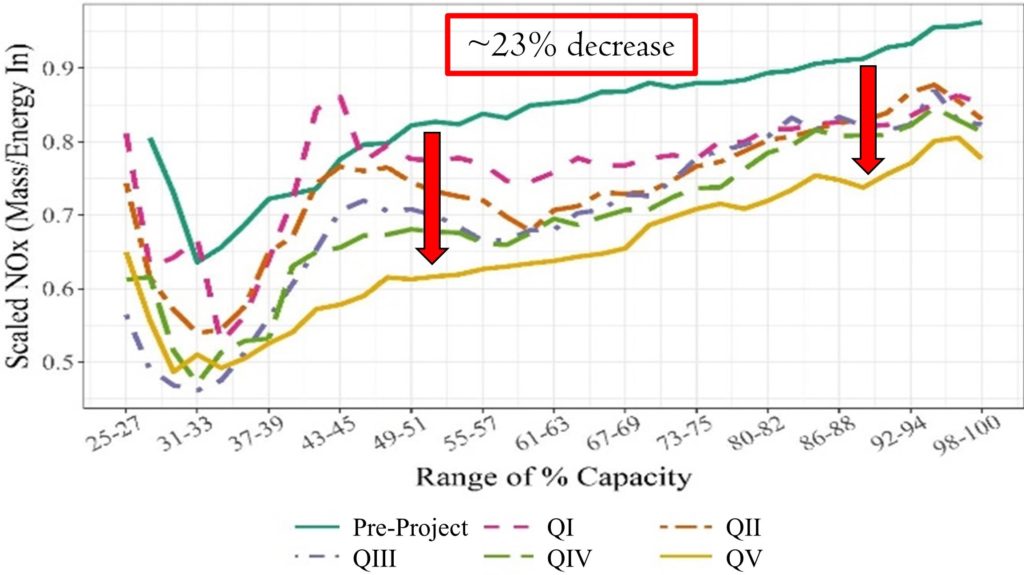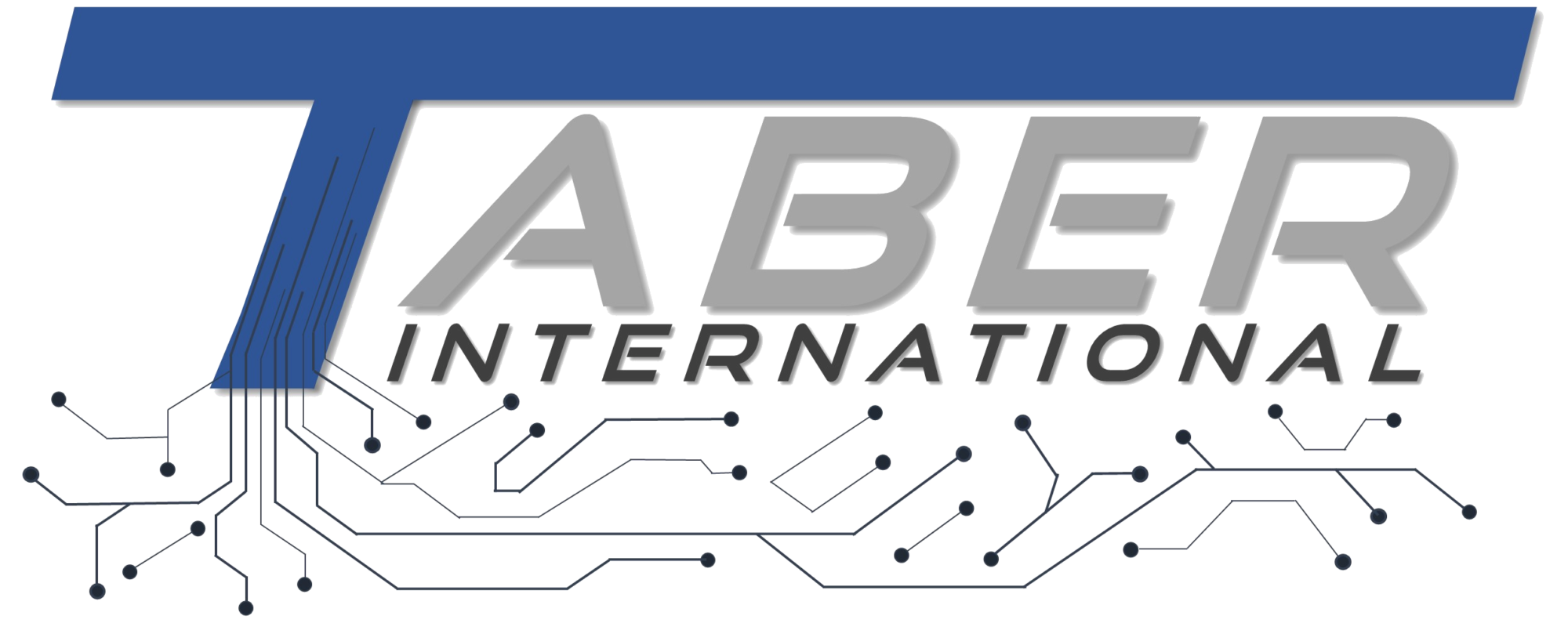The highly complex and sensitive nature of combustion makes it one of the most challenging processes to control in a thermal power plant. Taber International’s Combustion Optimization System (COS) built within the Griffin AI Toolkit® platform recognizes that all units are distinct and custom builds each application to meet the specific needs of every unique unit.
Building atop Taber’s proven combustion optimization platform, each COS application is tailored to the specific characteristics and needs of the system and unit being worked on. Through the synergistic combination of machine learning and expert knowledge capture, multiple objectives can be optimized, and the system can even be configured to intelligently prioritize different objectives depending on real-time circumstances. Taber has successfully optimized simultaneously:
- NOx Emissions (10% – 40%)
- CO Emissions (40%+)
- Heat Rate (0.7% – 1.5%)
- Steam Temperatures (swings reduced 25%+)
- Tube Metal Temperatures (exceedances decreased 80%+)
- Loss-on-Ignition (LOI) / Carbon-in-Ash (CIA)
- Boiler Slagging of Tube Sections
As an adaptive, intelligent solution, Taber’s COS is compatible with a wide variety of equipment and unit configurations.
- Tangentially-fired, wall-fired, or cyclone units
- Forced or natural circulation
- Sub-, super-, and ultra-supercritical units
- With or without low NOx burners
- With or without OFA dampers
- Works in concert with SCRs or SNCRs, if present
- Few or many automated hardware components
NOx & CO Emissions
MATS Rule and EPA, Clean Air Act Title V regulations require that power plants take steps to reduce and optimize their emission rates of certain pollutants, including nitrogen oxides (NOx) and carbon monoxide (CO). One of the most cost-effective methods of realizing this is through a real-time combustion optimization system. Taber’s COS has been implemented at more than 40 units for NOx and CO control and reduction and has seen tremendous success, with results ranging from 10% – 40% NOx reductions and 40%+ improvement in CO emission rates.

Heat Rate Improvement
A typical unit implementing Taber’s COS for Heat Rate improvement will see, on average, an 0.7% improvement, while improvements as high as 1.5% have been realized. The COS improves the heat rate through more efficient overall combustion and energy utilization, resulting in lower controllable losses such as lower average excess O2, reduced spray flow, and lower auxiliary power usage.

Temperature Control
Increased unit flexibility to meet challenging grid demands has placed an emphasis on improved temperature control through combustion units. Maintaining consistent temperatures below limits increases unit health and reliability, decreasing maintenance costs and improving overall performance, contributing to efficiency improvements and unit dispatch order.

Self-Learning & Self-Adapting
The artificial intelligence deployed within the combustion optimization system learns the unique relationships between all the operating parameters of the unit, recognizing best practices for optimal performance in the current unit situation. The system is also configured to learn and update itself in real-time, meaning that as the unit changes over time (e.g., equipment degradation), the system is automatically learning the effects this has on the unit and adapting its decision-making in response. Sites have even been able to avoid the installation of SCRs through the NOx emission improvement performance achieved using real-time combustion optimization.
Expert Knowledge Capture
One of the most unique features of Taber’s Combustion Optimization System is the ability to rapidly integrate the knowledge of experienced operators and engineers at the site. Through close collaboration, operational best practices are identified by those who know the system the best – site personnel – and these practices are directly integrated into the control structure of the COS. Automation of these best practices ensures the system is adequately prepared to take immediately action to respond to various events, just as the best operators would – fast and smoothly, avoiding excursions and process upsets.
This knowledge capture also ensures that as experience retires, that knowledge and experience is not completely lost and it continues to benefit the site for years to come.
System Deployment Overview
High Availability – Reliability is a key feature in Taber’s overall design. The Graphical Programming Environment (GPE) of the Griffin AI Toolkit® does not require recompiling to make any program changes, so continuous operation of the system is maintained even when tuning, testing, or modifying a system. The system is designed to meet the direct needs of the site, resulting in typical service factors greater than 90% as operators come to recognize and trust the enhanced capability the system provides.
Easy Customization, Low Maintenance – Taber’s Combustion Optimization System is configured through a series of user tuning screens and an easy-to-use Visual Programming Environment (VPE). No programming is required and there are no ‘black-box’ components. The end-user operators and engineers can easily modify the system over time to meet changing objectives and conditions.
Quick and Cost-Effective Installation – Taber’s COS is designed to provide maximum benefit without requiring expensive new equipment, sensors, or time-consuming calculations. The system quickly integrates with existing DCS systems. Generally, one customized screen on the DCS, along with the ability of the DCS to accept bias signals from the computer running the COS application, is all that is needed. Changes to the system can be made in real-time without any compilation of code or rebooting of computers.
Additional Features
 3D Graphics for displaying relationships among variables
3D Graphics for displaying relationships among variables- Analyze your models to identify correlations and multi-dimensional relationships
- VPE allows users complete access to all logic and tuning.
- Easily integrate multiple applications, such as sootblowing and mill diagnostics
Contact
For more information, please contact:
Taber International, LLC
PO Box 204, Orangeville, UT
info@taber-intl.com
+1-(435)-749-4470
